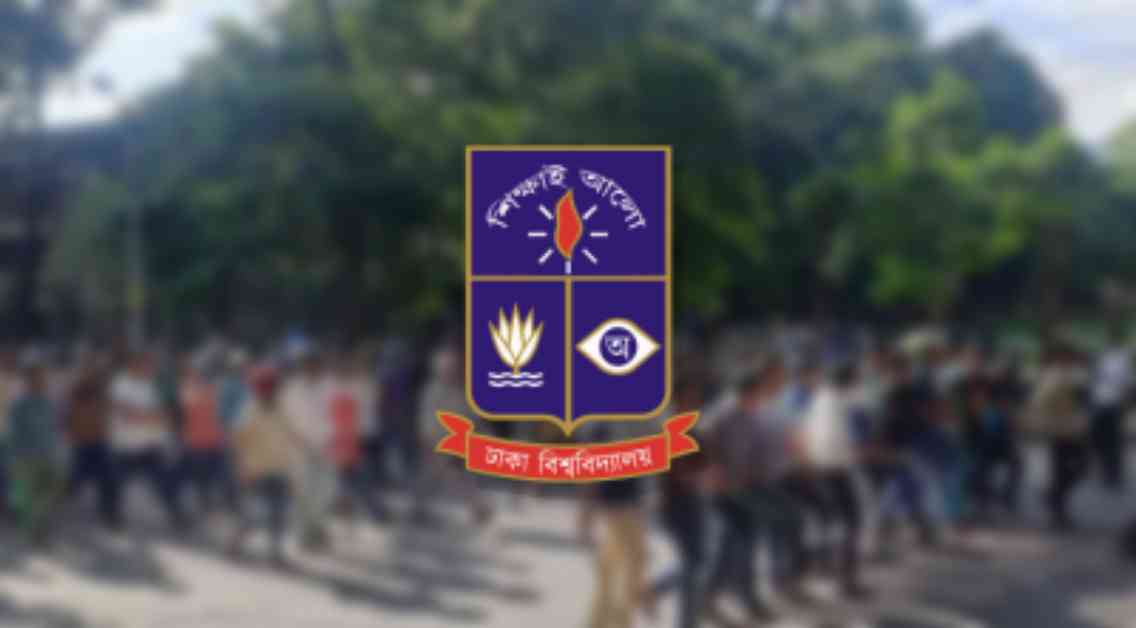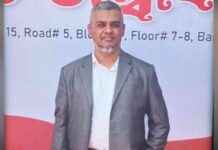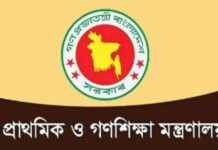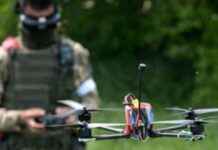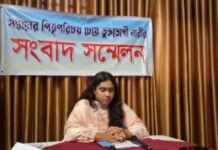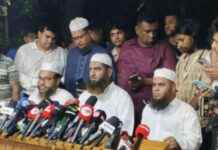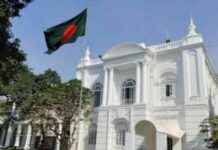The recent events at Dhaka University have sparked controversy and outrage among students, with 128 individuals facing temporary exclusion from the institution between July 15th and August 5th. However, the list includes five individuals who are not even students at Dhaka University, raising questions and concerns among the general student body. The validity and accuracy of the list have been questioned, with many names missing from the report submitted by the Truth-finding Committee.
Excluded individuals have criticized the list as ‘incomplete,’ demanding accountability and punishment for identified perpetrators. This has led to social media backlash against both students at the university and the administration. The report, released after a critical meeting on March 17th, also revealed the names of several prominent figures allegedly involved in the attacks, despite not being students at the university. This discrepancy has raised doubts about the credibility of the investigation and the subsequent decisions made by the university administration.
Unveiling Hidden Truths
Upon further analysis of the exclusion list, it was found that names like Rizvi Ahmed Khoka, Rubel Khan, Ibrahim Hossain Sani, Mahmudul Hasan Akash, and Mo. Aktar Hossain Rumon were listed despite not being enrolled as students at Dhaka University. Specific affiliations and roles within other institutions were attributed to these individuals, shedding light on the intricate connections and complex dynamics at play.
Moreover, the exclusion of names like that of prominent individuals such as Tanvir Hasan Saikat, the general editor of the university’s newspaper, has raised eyebrows and drawn criticism from various quarters. The absence of key figures and the inclusion of seemingly unrelated names have added layers of complexity to an already contentious situation.
Seeking Truth Amidst Chaos
The situation further escalated when a violent attack took place on July 15th and 17th, with students like Sabbir Ahmed from the Department of Islamic History and Culture being severely injured in the clashes. Multiple students were reportedly assaulted in Shahbagh and the university area, but some of their names were conspicuously absent from the list.
Students have expressed frustration and disbelief at the exclusion of vital information and the lack of transparency surrounding the investigation. The involvement of key figures in the attacks, coupled with discrepancies in the report, has fueled skepticism and distrust among the student community. The urgent need for a thorough and impartial inquiry to uncover the truth and hold accountable those responsible is paramount in resolving the ongoing crisis.
As the controversy unfolds, the University administration has emphasized the importance of accuracy and integrity in the investigation process. The Truth-finding Committee’s report, while comprehensive, is not definitive and requires further scrutiny and verification. The establishment of a special committee led by Professor Tajmeri A. Islam, a Syndicate member of the university, underscores the commitment to uncovering the truth and ensuring justice is served.
In conclusion, the events at Dhaka University serve as a stark reminder of the challenges and complexities inherent in addressing student violence and unrest. The pursuit of truth and justice requires a delicate balance of transparency, accountability, and integrity to navigate the intricate web of relationships and interests involved. Only through a thorough and impartial investigation can the University hope to restore peace and trust among its student body and stakeholders.
